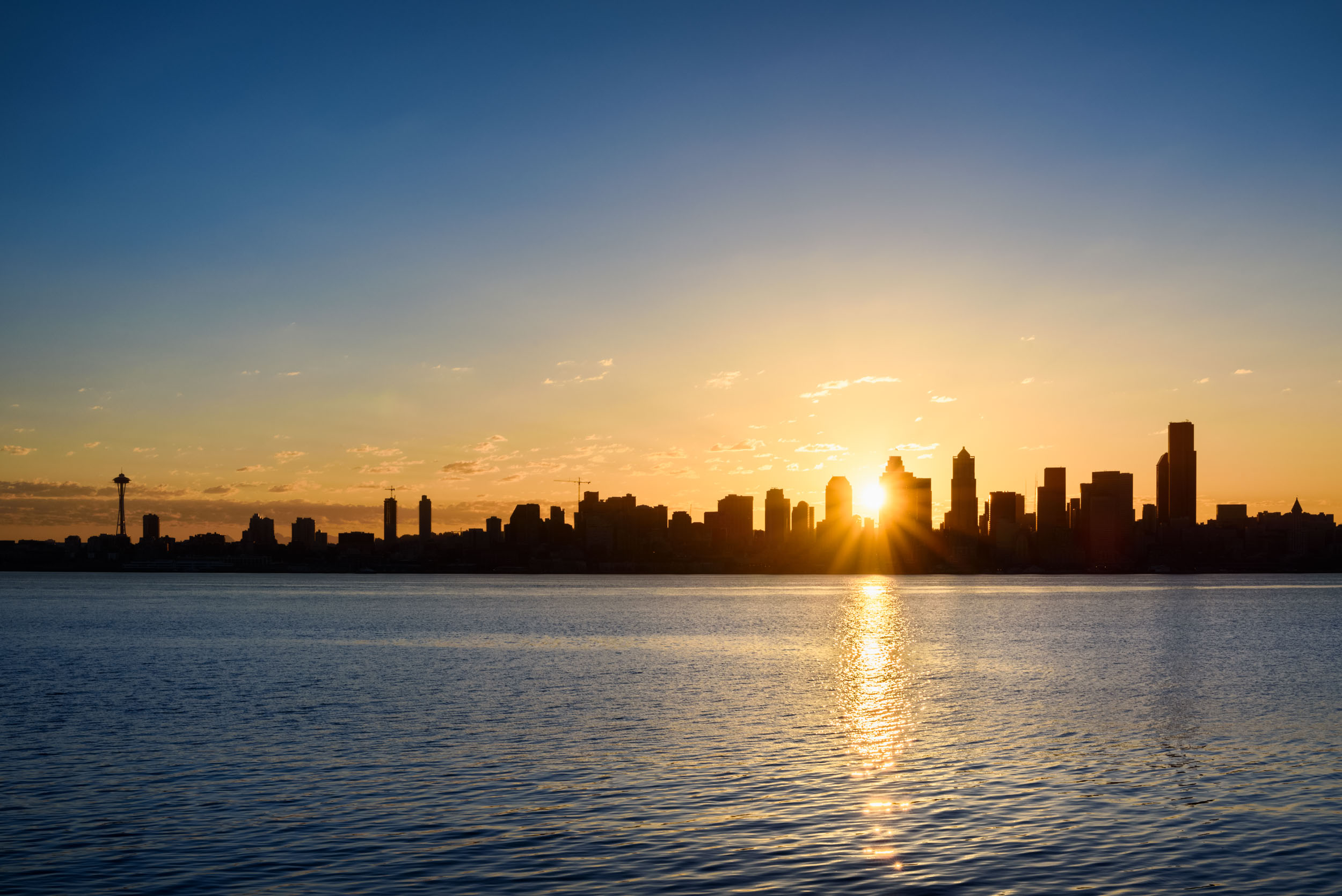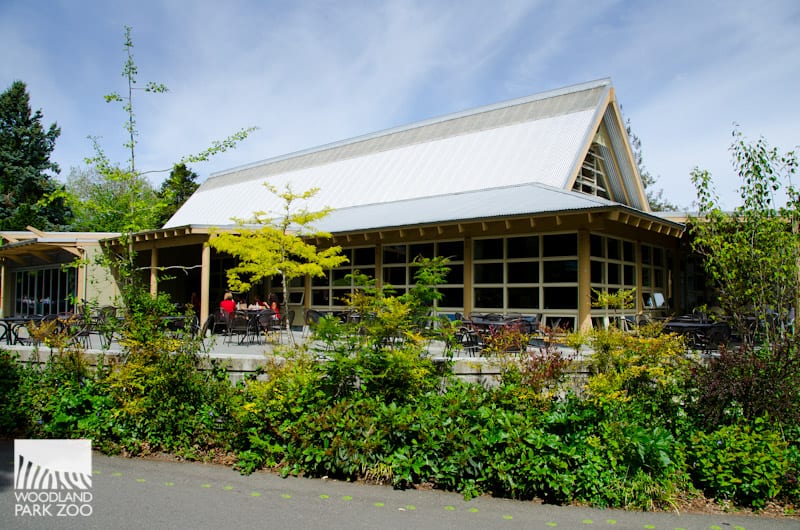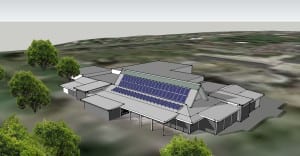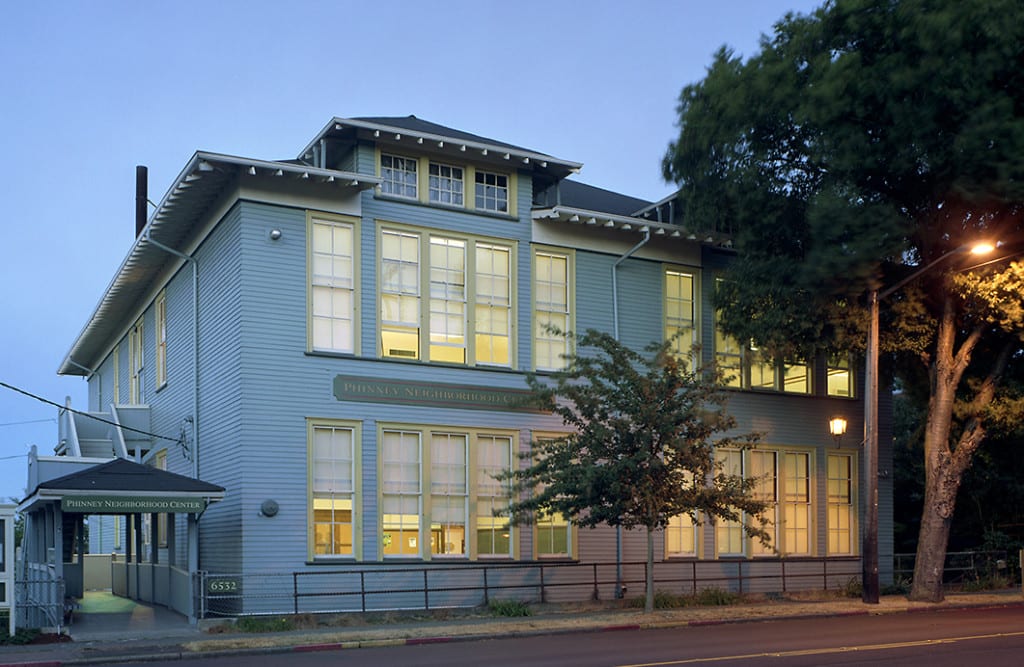 Seattle City Light is partnering with Woodland Park Zoo and the Phinney Neighborhood Association to install the state’s largest community solar project.
Seattle City Light is partnering with Woodland Park Zoo and the Phinney Neighborhood Association to install the state’s largest community solar project.

The most visible panels of City Light’s third Community Solar project will be installed at Woodland Park Zoo’s Rainforest Pavillion.
Seattle City Light is partnering with Woodland Park Zoo and the Phinney Neighborhood Association (PNA) to install the state’s largest community solar project.
“Customers continue to tell us they want solar electricity and we are creating that opportunity,” General Manager and CEO Jorge Carrasco said. “This project will allow hundreds of people to buy solar power even if they can’t install panels at their own homes or businesses.”
The Community Solar on Phinney Ridge project is designed for a system of about 74 kilowatts on the roofs of two buildings at the zoo and PNA’s Phinney Center, which is listed on the National Register of Historic Places. It is expected to produce more than 75,000 kilowatt-hours of electricity each year.
Currently, the biggest community solar project in Washington is a 74.1 kilowatt system at Poulsbo Middle School that produces about 72,000 kilowatt-hours of electricity.
“As stewards for thousands of individual animals and plants, as well as caretakers of a historic built environment, Woodland Park Zoo continues to strive to be the community’s most exciting, living showcase of sustainability through leading by example,” zoo Chief Operations Officer Bruce Bohmke said. “This project offers another way for us to engage our community.”
Anyone with a City Light account can purchase part of the array’s output for $150 per unit. The cost can be added to a participant’s electric bill and paid in two installments. Customers can buy up to 125 units. Participants receive credit for their units’ production on their City Light bills through June 30, 2020, along with all state renewable energy production incentives.
Units will go on sale soon. Interested people can learn more and sign up to be alerted when sales begin at www.seattle.gov/communitysolar .
Current Washington state production incentives and bill credits for the energy produced add up to $1.16 per kilowatt-hour of electricity. Each unit of the array is expected to be 28 watts, which would generate about $34 worth of electricity annually.
“The PNA was a partner in the very successful Solarize Seattle: Northwest program last spring, and many area residents asked about community solar,” neighborhood association Executive Director Lee Harper said. “We are thrilled to be able to follow through for those people who can’t put solar on their own house by helping us put it on our building. It will be great to power our community events with clean community solar power. It certainly is in keeping with our mission to engage and serve our community.”
This is the third Community Solar project installed by Seattle City Light. The first is located at Jefferson Park in Beacon Hill. The second project at The Seattle Aquarium sold out in just six weeks.
Seattle City Light is the 10th largest public electric utility in the United States. It has some of the lowest cost customer rates of any urban utility, providing reliable, renewable and environmentally responsible power to about 750,000 Seattle area residents. City Light has been greenhouse gas neutral since 2005, the first electric utility in the nation to achieve that distinction.

